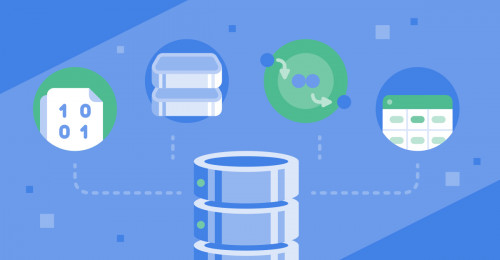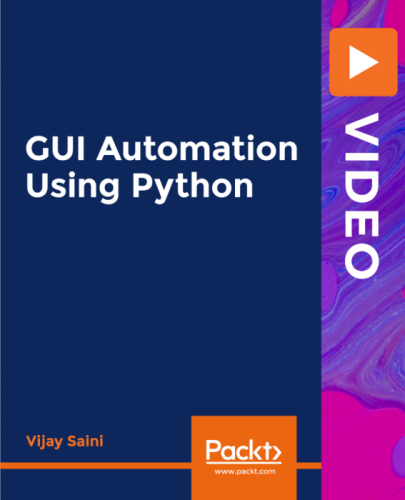
Cloud Academy – Using Azure Data Lake Storage Gen2-STM
English | Size: 484.40 MB
Category: Tutorial
Azure Data Lake Storage Gen2 (ADLS) is a cloud-based repository for both structured and unstructured data. For example, you could use it to store everything from documents to images to social media streams Data Lake Storage Gen2 is built on top of Blob Storage This gives you the best of both worlds. Blob Storage provides great features like high availability and lifecycle management at a very low cost. Data Lake Storage provides additional features, including hierarchical storage, fine-grained security, and compatibility with Hadoop The most effective way to do big data processing on Azure is to store your data in ADLS and then process it using Spark (which is essentially a faster version of Hadoop) on Azure Databricks


